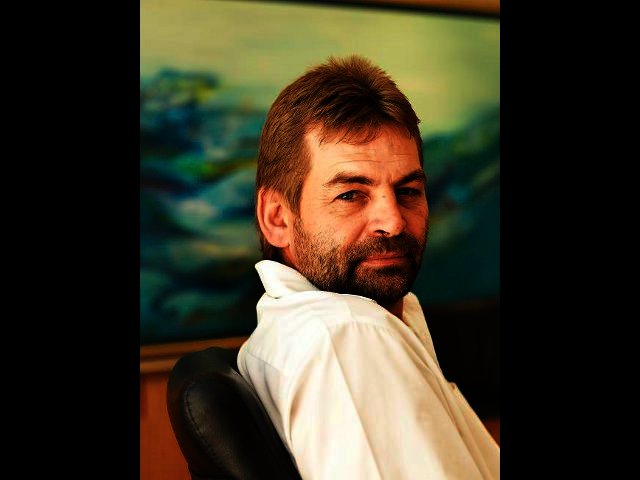By Dr Dawie de Wet, CEO of Q-KON
Research undertaken by ITU into the online and offline population shows that four-fifths of the offline population are located in Asia-Pacific and in Africa. While absolute numbers of offline individuals at a regional level show that Asia-Pacific bears the lion’s share, it is Africa that exhibits the greatest connectivity shortfall when examining the proportion of population that is not online. When grouping countries by their level of development, the greatest connectivity shortfall is exhibited in Least Developed Countries (“LDCs”), where 85% of the population is still offline set against only 22% in Developed Countries.
The offline population is disproportionately female, rural, poor, illiterate and elderly. Of the 3.9 billion people that are still unconnected, 58% are female, roughly 60% are rural and at least half come from countries with a GNI/capita of less than US$ (PPP) 6,500. In addition, many spend far in excess of 5% on ICT access and services as a proportion of GNI/ capita, the affordability threshold set by the UN Broadband Commission for Sustainable Development.
The success of the mobile market and the rapid adoption of the smart phone is often listed as a reference and motivation as to why large-scale satellite networks can be successful in Africa – a “if they can do it, we can do it” type of thinking. With 3.9 billion people unconnected and 60% of these in rural areas, it is understandable that the leading satellite operators and manufacturers are focused on this as a target market. Various business studies and annual reports have provided the justification for the current development of LEO, MEO and GEO constellations, with the planned entry of a number of large-scale satellite broadband services to meet the demand.
Yes, it’s a technology fit
Satellite is indeed the perfect fit to meet this demand. It can be available anywhere and anytime, requires only a small fixed installation, and needs no complex and CAPEX-intensive terrestrial network infrastructure. Satellite networks are very reliable, can operate using solar power stations and are available on “pay-as-you-go” options. Satellite is proven and has been available in Africa for at least 10 years.
Recent technology developments in the satellite industry are further increasing performance and reducing costs, driving satellite access to cost points of similar and even below average 3G rates. With various Ka-band network operators, O3B low-orbit service, the planned OneWeb service, Global-IP and others, the technology-cost package is certainly a win offering for this market sector.
It’s not about technology
Q-KON is a system engineering organisation celebrating its 30th year of servicing Africa, and one of the most disillusioning aspects of operating in this environment was learning that technology and engineering are only enabling factors. As Prof. Teta, a respected Q-KON customer once told me, “let your son study business. He can always get engineers to work for him”.
For us, the reality of unlocking the African broadband market is exactly this, and it will require more than the most effective and lowest cost technology.
The success of the GSM market was built step-by-step the hard way: By every field team digging foundations for the tower structures, by every supplier and logistics partner delivering the most advanced equipment to the most remote locations, by every system engineer setting up advanced networks – often in harsh and hostile environments.
All of this was possible through the vision and commitment of the shareholders who had the guts and conviction to spend big money on-the-ground in infrastructure and networks. Big money that cannot be relocated, cannot be repatriated, cannot be stopped. The GSM success story is one of a full, all-out commitment to a country, a region, a village. It is about putting your money where your mouth is in possibly the clearest and most tangible way we have in the current ICT industry.
An option for satellite service
With satellite technology now getting to a stage where it is possible to service 100,000 to 200,000 users per country, touching 1 million satellite users in Africa over a 5 year period, it might be time for the industry to consider the rest of the requirements. Developing advanced satellite platforms, with digital payloads, capable of delivering nx Gbps traffic is only step one.
These investments are “only” the enabling element. It is by no means the full spectrum of what is needed.
What is needed is to add the rest of the commitment to the business, to each country, each village. What is needed is to add the commitment to the market, commitment that is written in funding and executed on the ground in each village and each rural school area. Investments in spacecraft and international teleports are not investing in Africa; they are “playing it safe” and don’t open new markets, don’t uplift societies, don’t generate revenue – these investments only demonstrate what is possible with advanced technology.





